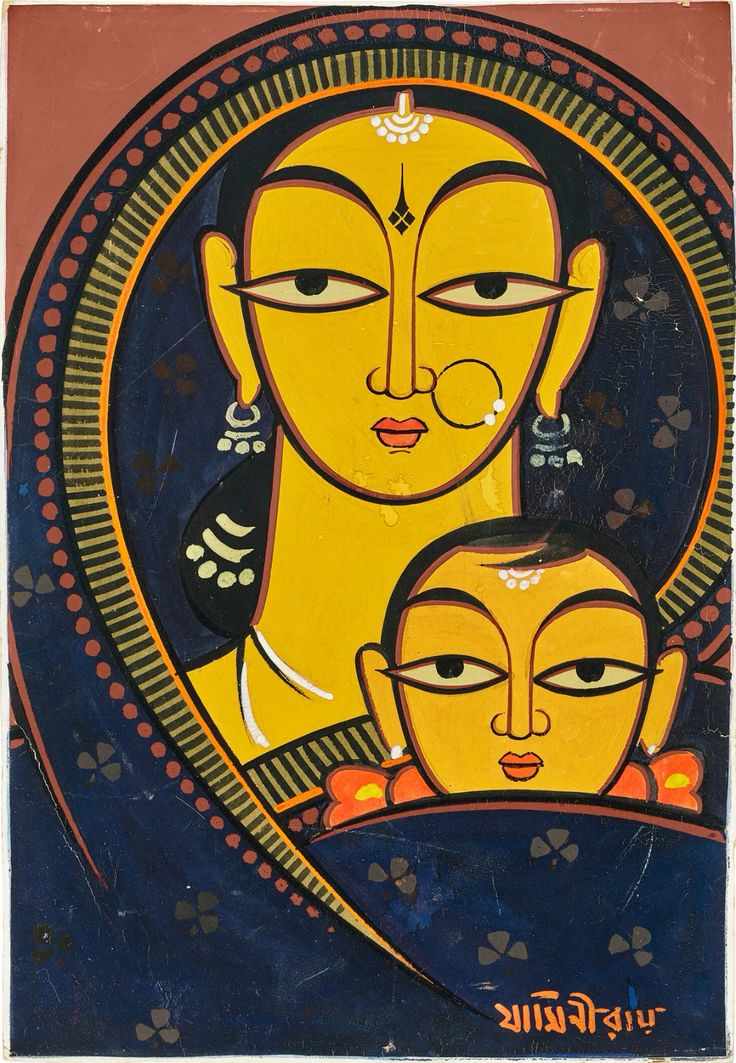
India has a rich, varied heritage and culture - We have grown up being taught this and been learning from our school days.
Our Indian culture has various artistic firmhands that sow seeds of emotions through creativity and skills, Be it visual arts, performing arts, conceptual art, literary arts, textile arts, or any other genres of art. We always stick to our emotional roots and emotional responses through the use of artistic talent and imagination.
In this article, I want to emphasize Visual Art, an important part of the human experience, given that it reflects the world's admirable expression and the significance of our history. Art is a powerful, intimate ability to convey our culture, lives, community, and experiences.
Before stepping into Indian art forms, let us know about the essence of Visual art forms so that it will be easy for you to understand the art if you are an absolute beginner.
Here are 7 basic elements of visual art.
Line - Which has length but no width in between two points. Artists use many different types of lines giving different meanings, curves, length, thickness, and flexibility.
Shape - They provide a 2D / 3D view and simulated feeling by the concoction of different colours.
Form - A 3D object that can be held and felt.
Space - The distance between inside an art - subject and unused space. Artists use spacing to create different effects.
There are two types - Positive Space & Negative Space
Value - The lightness or darkness of a colour. The difference in values is called contrast.
Texture - The feel of the subject/ surface or how the eye perceives the surface quality based on visual cues.
Colour - Science has taught us that the light spectrum breaks down when hitting a surface and is reflected into the eye as various colours. Colour has several properties like Hue, Tint, Tone, Shade, Values, Chroma etc.
These elements are basic constituents the artist puts together to express his art and make us understand his creativity.
Now we know about this, we can understand art, its origin and its reason for creation.
Our India consists of 35 states and union territories showcasing their native culture, and traditions and speaking different languages. Folk art and Tribal art are omnipresent in every part of India and they leverage the most important contribution to visual arts. These art forms are very colourful and vibrant to speak about Indian culture.
Art is Incredible, isn't it?! We live in Incredible India after all. So let's get into the journey of exploring the art forms of India.
These are the top Indian art forms that you need to know:
- Aipan Art
- Assamese Scroll
- Bengal Pattachitra
- Bhil Art
- Bikaner Painting
- Chamba Rumaal
- Cheriyal Scroll
- Chhau Mask
- Chitrakathi
- Chittara Art
- Dhokra
- Godhana Art
- Gond Art
- Kalamkari Paintings
- Kalighat Paintings
- Kangra Art
- Kavad Art
- Kerala Mural Paintings
- Kashmir Paper Mache Art
- Kishangarh Art
- Lippan Art
- Madhubani Paintings
- Mandana Art
- Manjusha Art
- Mata Ni Pachedi Art
- Miniature
- Pattachitra Paintings
- Phad Paintings
- Pithora Art
- Rogan Art
- Sanjhi Art
- Saura Art
- Sholapith Art
- Sikki Grass Art
- Sohrai Art
- Sea Foam Art
- Talapatra Art
- Tanjore Paintings
- Thangka Art
- Tholu Bommalata
- Tikuli Art
- Usta Kala
Take the time to explore each one and discover the unique beauty that they offer. I am sure that familiarizing yourself with these diverse art forms will deepen your appreciation of Indian culture.









Write a comment ...